A Complete Guide to Adjustable Dog Muzzle
Many dog owners view muzzles with suspicion or associate them with aggression. In reality, an adjustable dog muzzle is a humane and practical tool designed to enhance safety during training, grooming, travel, or medical procedures. It ensures control without compromising the dog’s comfort or breathing ability.
What Is an Adjustable Muzzle for Dogs?
An adjustable muzzle is a device made from soft but durable material—such as nylon, leather, or silicone—that fits over a dog’s snout to prevent it from biting, chewing, or eating inappropriate objects. Its adjustable design ensures a snug yet comfortable fit across different dog breeds and sizes. Unlike rigid muzzles, adjustable versions offer customizable straps, breathable mesh, and padded interiors for extended wear.
Why Dogs Need Muzzles
Muzzles are not only for aggressive dogs. Dogs may need muzzles for several reasons:
- Behavioral training
- Preventing self-injury or wound licking
- During grooming or vet visits
- For anxious or reactive dogs
- To prevent scavenging during walks
Using a muzzle should never be a punishment—it is a preventive and protective tool when used correctly.
Key Indications for Using a Muzzle
Veterinary Visits
Even well-mannered dogs can act unpredictably under stress or pain. A muzzle ensures the safety of both your dog and the veterinary team.
Grooming Sessions
Some dogs dislike nail clipping or ear cleaning. Muzzles minimize risk during grooming tasks.
Aggression Management
For dogs with a history of biting or reactivity, especially in public settings, muzzles are crucial during behavior modification therapy.
Post-Surgical Recovery
To stop wound licking or bandage removal.
Scavenging Prevention
To prevent dogs from eating dangerous items off the ground during walks.
Public Transportation or Dog Parks
Many public areas require dogs to be muzzled for safety compliance.
Benefits of an Adjustable Muzzle
- Custom Fit: Adjustable straps accommodate various head shapes and sizes.
- Comfortable: Padded interiors and breathable mesh prevent overheating.
- Lightweight: Less restrictive than traditional leather muzzles.
- Training-Friendly: Ideal for temporary behavior management.
- Humane Design: Allows dogs to pant, drink water, and take treats (depending on the design).
Using an Adjustable Muzzle by Dog Size
Small Dogs (e.g., Chihuahua, Shih Tzu):
Use lightweight, breathable muzzles. Ensure a snug fit and short wear times. Ideal for grooming and vet visits.
Medium Dogs (e.g., Beagle, Cocker Spaniel):
Choose padded, adjustable muzzles that allow panting. Great for training, walks, or vet exams.
Large Dogs (e.g., Labrador, German Shepherd):
Opt for durable muzzles with reinforced straps. Use during public outings, aggression control, or medical care. Always allow ventilation.
Tip:
Measure snout circumference and length for proper fit. Never leave a muzzled dog unsupervised.
Dog Muzzle Sizing Chart
| Dog Size | Snout Circumference (inches) | Muzzle Length (inches) | Example Breeds |
| Small | 4 – 6 in | 1.5 – 2.5 in | Chihuahua, Shih Tzu, Yorkie |
| Medium | 6 – 9 in | 2.5 – 3.5 in | Beagle, Bulldog, Cocker Spaniel |
| Large | 9 – 12+ in | 3.5 – 4.5+ in | Labrador, GSD, Rottweiler |
Note: Always refer to the specific manufacturer’s sizing guide, as designs and materials may vary.
How to Properly Fit an Adjustable Muzzle
Fitting Tips:
- Ensure the muzzle fits snugly but not tightly.
- Check that your dog can pant freely.
- Allow room for treats if using for training.
Step-by-Step Guide to Using a Dog Muzzle
Using a dog muzzle correctly ensures both safety and comfort for your pet. Follow this step-by-step guide to introduce, fit, and use a muzzle effectively:
1: Choose the Right Muzzle
- Select an adjustable muzzle that matches your dog’s size, breed, and needs.
- Ensure it’s made from breathable, comfortable materials like nylon or silicone.
- It should allow your dog to pant, drink water, and move their mouth slightly.
2: Get Your Dog Familiar with the Muzzle
- Associate the muzzle with positive reinforcement—use treats, praise, or play.
- Do not force it on them at this stage; this builds trust and reduces fear.
3: Introduce the Muzzle Slowly
- Practice several short sessions until your dog is comfortable inserting their snout.
4: Gently Secure the Muzzle
- Once your dog is calm, place the muzzle over their snout.
- Fasten the adjustable strap securely behind the head, ensuring it’s snug but not tight.
- Ensure your dog can still pant, breathe, and lick their lips.
5: Monitor and Adjust
- Observe your dog closely for the first few minutes.
- Check for signs of discomfort, excessive pawing, or panic.
- Reassure your dog with a calm voice and reward with treats.
6: Increase Duration Gradually
- Start with short wear times (1–3 minutes).
- Gradually increase to 10–15 minutes over several days.
- Use during short walks, grooming, or vet checkups once your dog is fully trained.
7: Remove the Muzzle Calmly
- Never remove the muzzle as a response to whining or pawing—it may reinforce negative behavior.
8: Clean and Store
- Let it air dry and store it in a cool, dry place.
Pro Tip: Always pair muzzle use with positive training techniques to ensure your dog feels safe and stress-free while wearing it.
Training Your Dog to Accept a Muzzle
Muzzle training helps prevent resistance or fear. Here’s how to train:
| Step | Action |
| 1 | Introduce muzzle without putting it on |
| 2 | Associate muzzle with food or play |
| 3 | Touch dog’s snout gently and reward |
| 4 | Place muzzle for a second, then remove |
| 5 | Gradually increase time with muzzle on |
Training should be calm, consistent, and never forced.
Common Myths About Dog Muzzles
| Myth | Truth |
| A muzzled dog is dangerous | Many well-trained dogs wear muzzles for precaution |
| Dogs can’t breathe in muzzles | Breathable muzzles allow panting and airflow |
Situations Where a Muzzle Is Necessary
- Introducing a new dog to a household
- Aggression toward other animals
- Recovering from surgery
- Visiting crowded places
- Working breeds in training (e.g., K9, therapy dogs)
Dos and Don’ts of Muzzle Usage
Dos:
- Use for short, controlled periods
- Monitor for overheating
- Use in positive reinforcement training
- Clean muzzle regularly
Don’ts:
- Leave dog unattended while muzzled
- Use as punishment
- Use for long durations in hot weather
- Force it on a fearful dog
Safety Tips for Using a Muzzle
- Ensure proper ventilation
- Avoid using muzzles during exercise in hot weather
- Use muzzles under supervision
- Never substitute muzzles for proper behavioral training
Veterinary Insights on Muzzle Use
Veterinarians emphasize that adjustable muzzles:
- Prevent bites during exams
- Reduce dog anxiety if properly trained
- Are often recommended for nervous or reactive pets
- Help ensure safety without sedation
Many vet clinics require dogs to be muzzled if there’s a risk of aggression—especially in emergency settings.
How to Clean and Maintain a Muzzle
Cleaning Instructions:
- Let air dry completely
- Avoid harsh chemicals
- Inspect straps and clips regularly for wear
Storage Tips:
- Store in a dry place
- Avoid folding tightly
- Keep away from direct sunlight
Precautions and Possible Side Effects of Using an Adjustable Muzzle for Dogs
Using an adjustable muzzle can be highly beneficial when used correctly, but like any tool, it must be handled responsibly. Below are important precautions and potential side effects every dog owner should be aware of:
Precautions
- Proper Fit Is Critical
- A loose muzzle may fall off or fail to prevent biting.
- Use for Short Periods Only
- Muzzles should be used for brief, controlled sessions only—never for extended periods.
- Avoid use during long outdoor walks in hot weather to prevent overheating.
- Never Use as Punishment
- A muzzle is not a disciplinary tool. Using it to punish barking or chewing can cause stress and behavioral issues.
- Supervision Is Essential
- Never leave a muzzled dog unsupervised. They may become anxious, overheat, or try to remove the muzzle.
- Gradual Introduction Is Key
- Sudden muzzle use may trigger fear or aggression. Train your dog to associate the muzzle with positive experiences.
- Check for Irritation
- After each use, inspect your dog’s snout and face for signs of rubbing, hair loss, or skin irritation.
- Ensure Ventilation
- Select a muzzle that allows panting, breathing, and (in some designs) drinking water.
- Avoid Physical Activity in Muzzle
- Don’t allow your dog to exercise, run, or play while muzzled unless using a breathable basket-style muzzle that permits open-mouth movement.
- Follow Veterinary Guidance
- If your dog has respiratory issues, facial deformities, or health conditions, consult your vet before using a muzzle.
Possible Side Effects
- Overheating – Restricted panting can lead to heat stress.
- Skin Irritation – Prolonged use may cause chafing or pressure sores.
- Anxiety or Stress – Improper introduction can trigger fear or panic.
- Respiratory Distress – Especially risky for flat-faced breeds.
- Increased Aggression – If used as punishment or without training.
Signs You Should Remove the Muzzle Immediately:
- Heavy or labored breathing
- Excessive drooling
- Attempting to paw off the muzzle
- Whining, barking, or signs of panic
- Swelling or redness on the snout
Scientific and Behavioral Research
A study in the Journal of Veterinary Behavior (2017) found that positive muzzle training significantly reduces stress indicators in dogs. It also found that muzzle-trained dogs responded better to unfamiliar environments like clinics and grooming salons.
Another study published in Applied Animal Behaviour Science (2019) highlighted that adjustable muzzles that allow panting and treat-giving improved behavioral outcomes compared to restrictive models.
Conclusion
An adjustable muzzle for dogs is far more than just a restraint device—it’s a practical, humane, and versatile tool that promotes the safety of dogs, their owners, and the people or animals around them. When used correctly, it can help manage behavioral issues, ease anxiety during vet visits or grooming sessions, and prevent unwanted biting, chewing, or scavenging. They’re vital in countless everyday scenarios—from medical care to public outings—providing peace of mind and an added layer of protection. The key lies in choosing the right size and type, training your dog positively, and using the muzzle appropriately and responsibly.








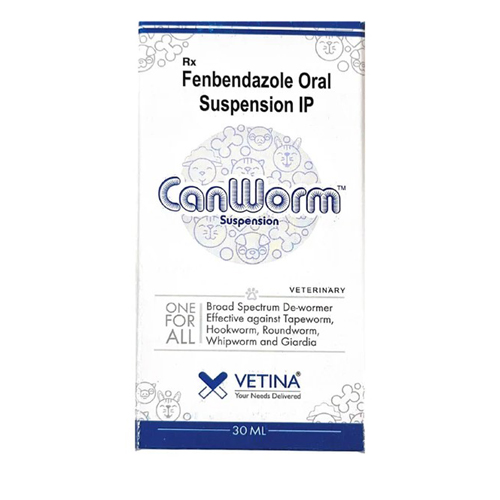




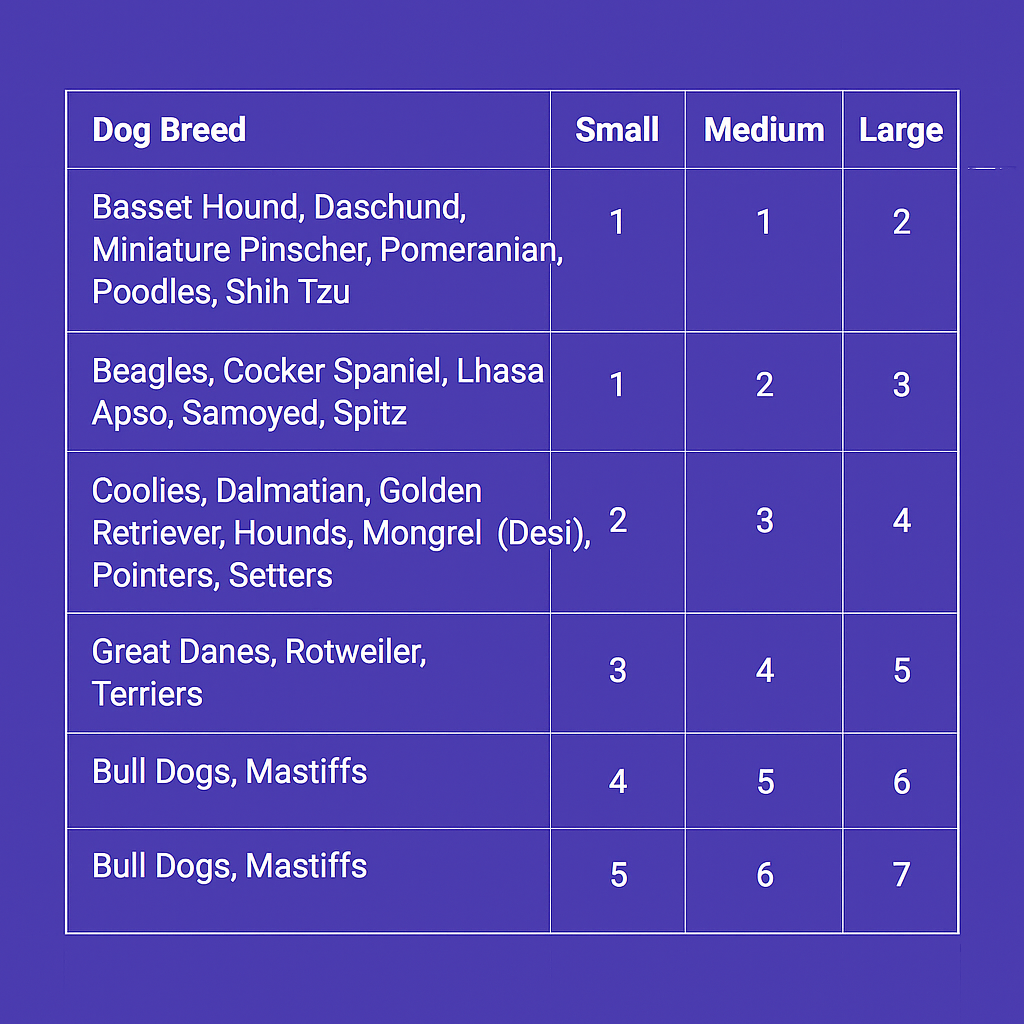

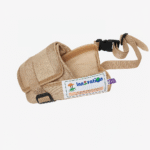
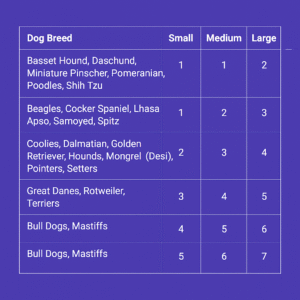
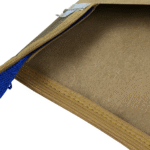
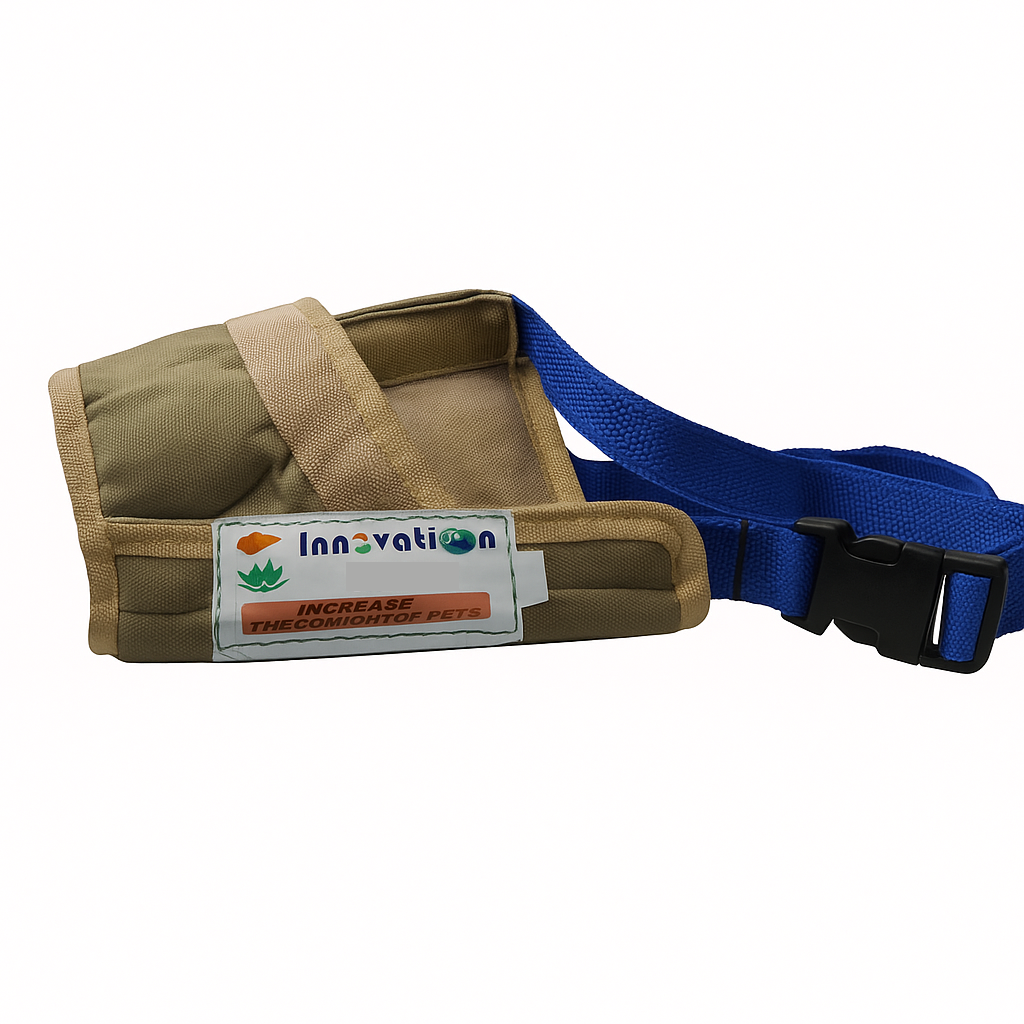
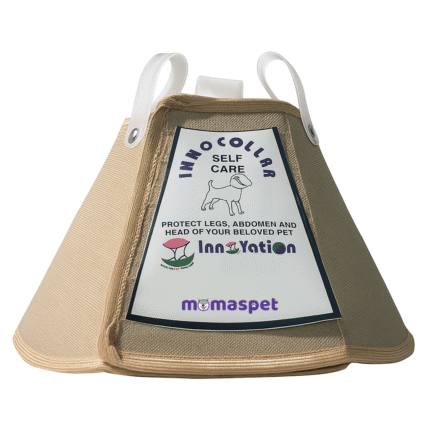
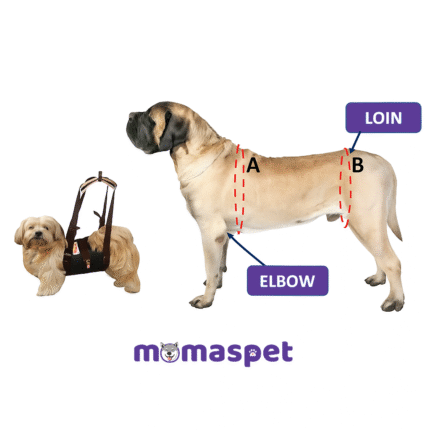
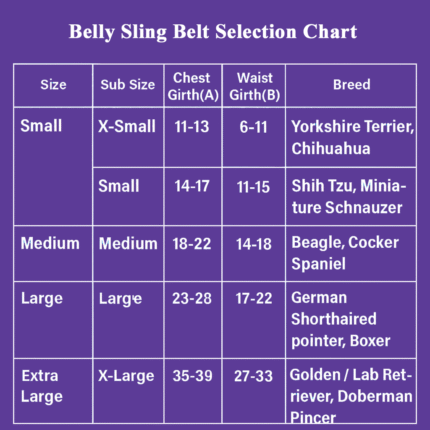
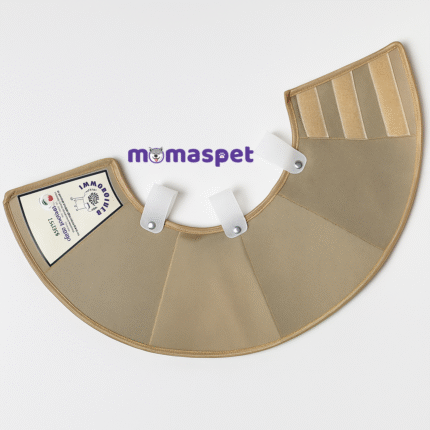
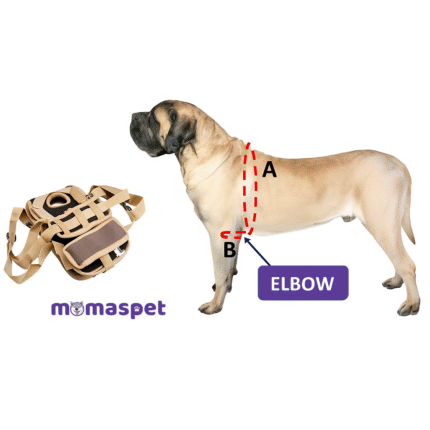
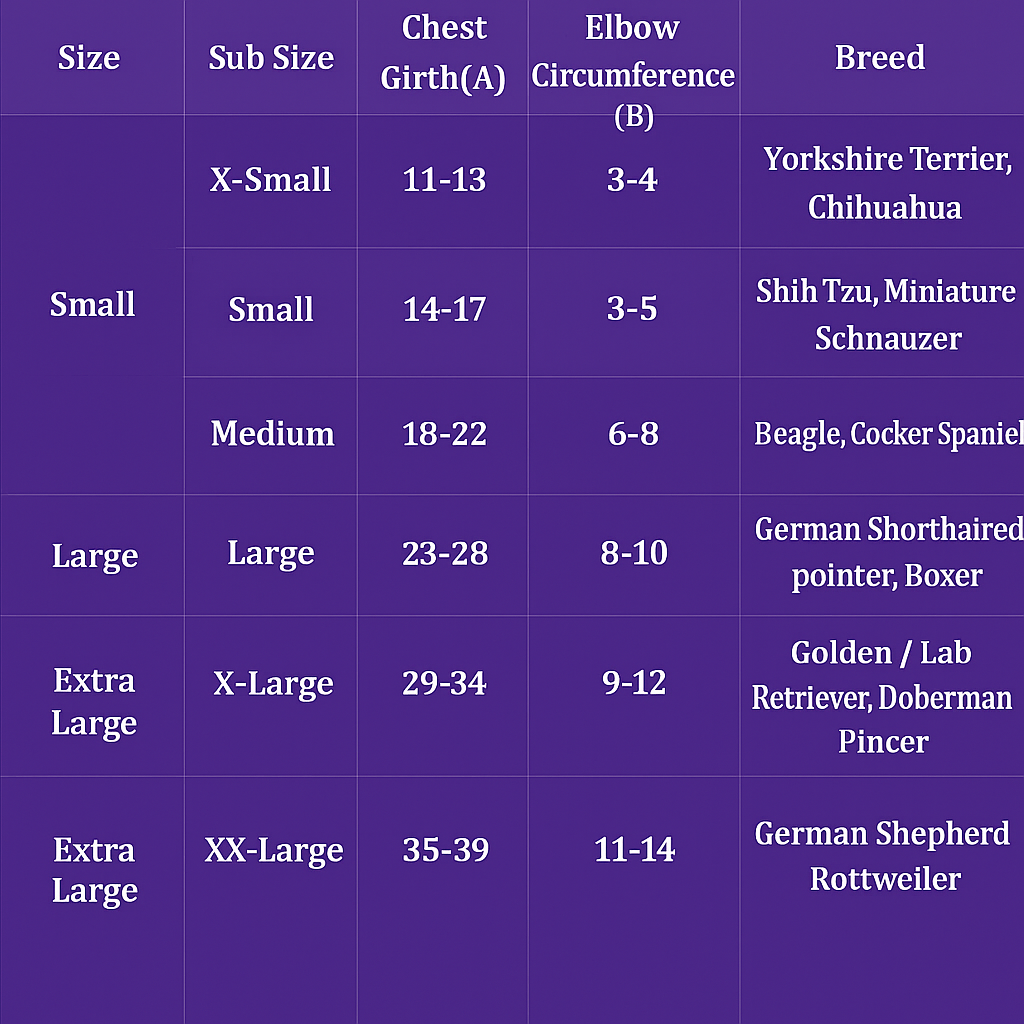
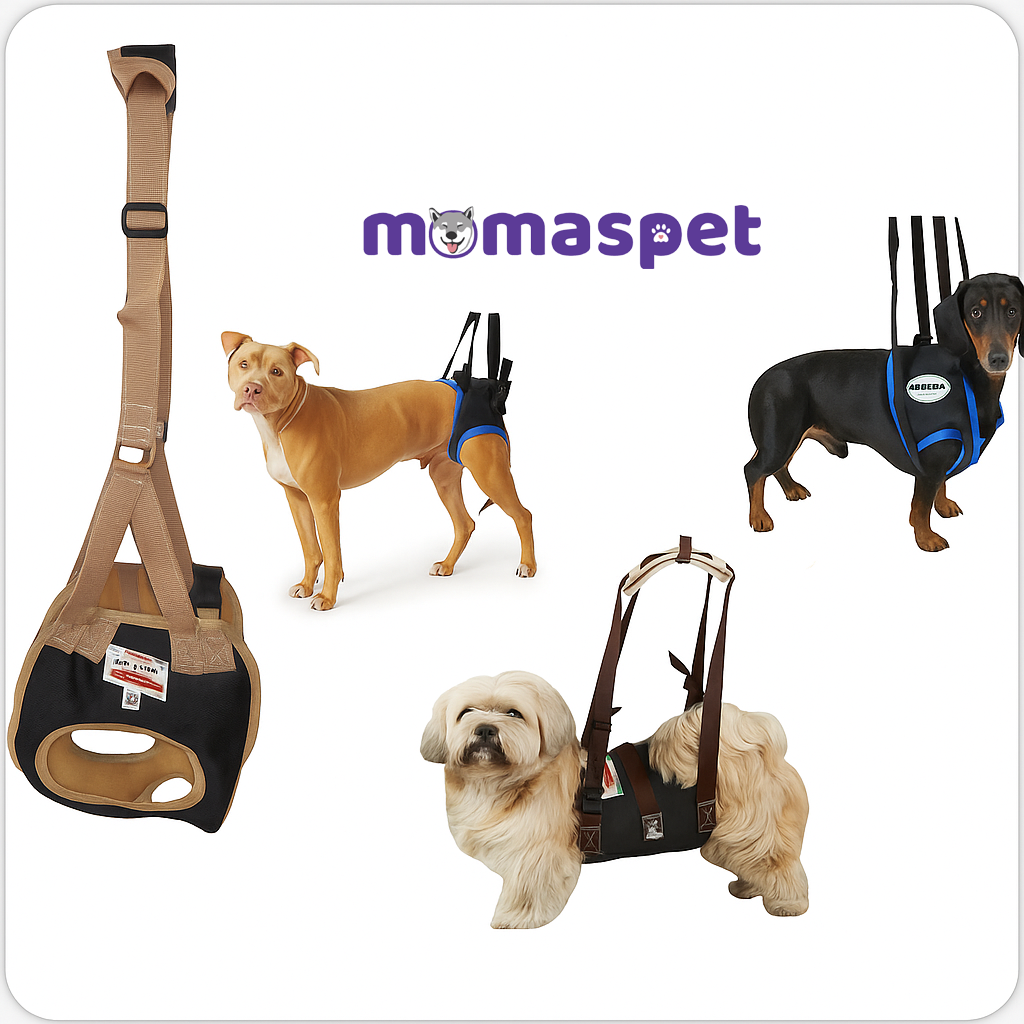
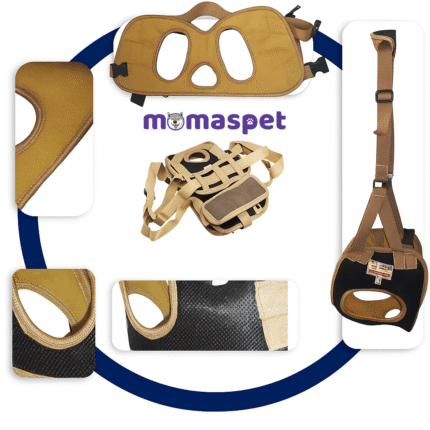
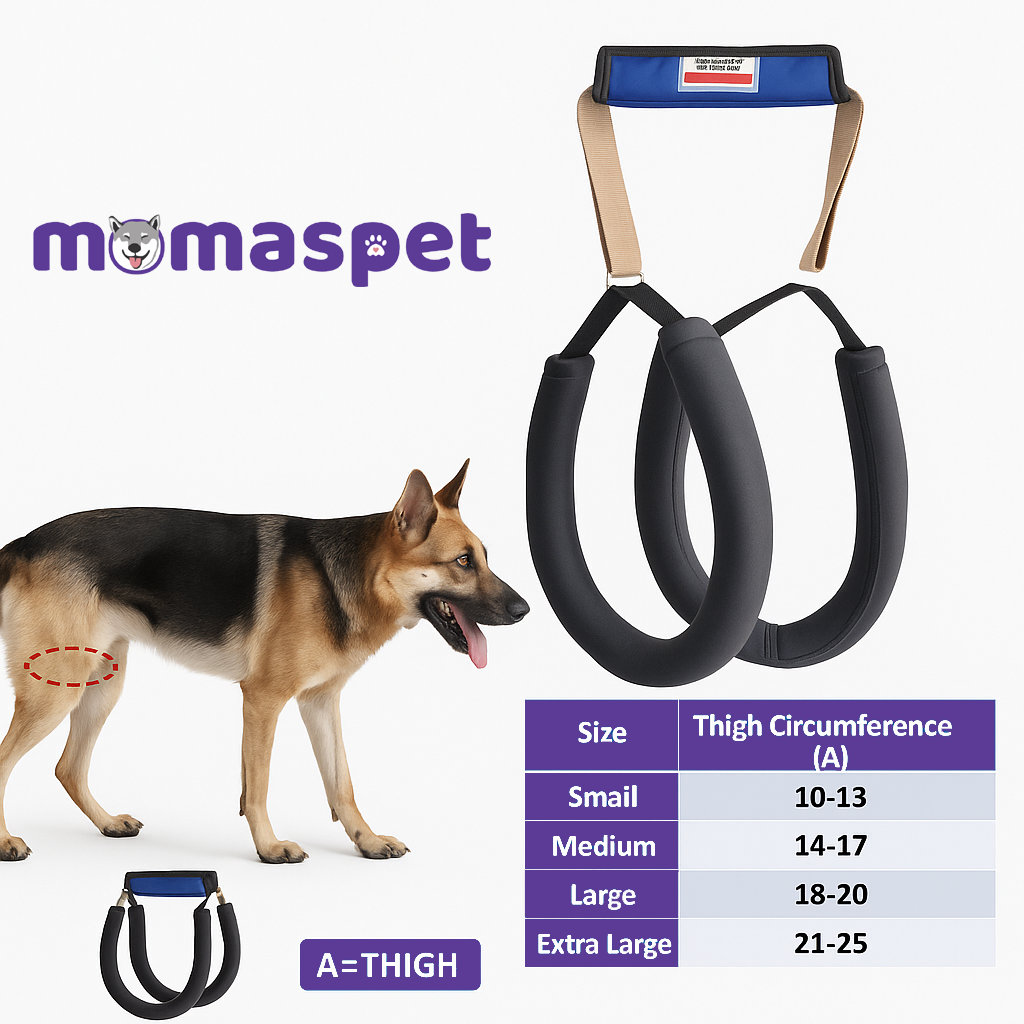
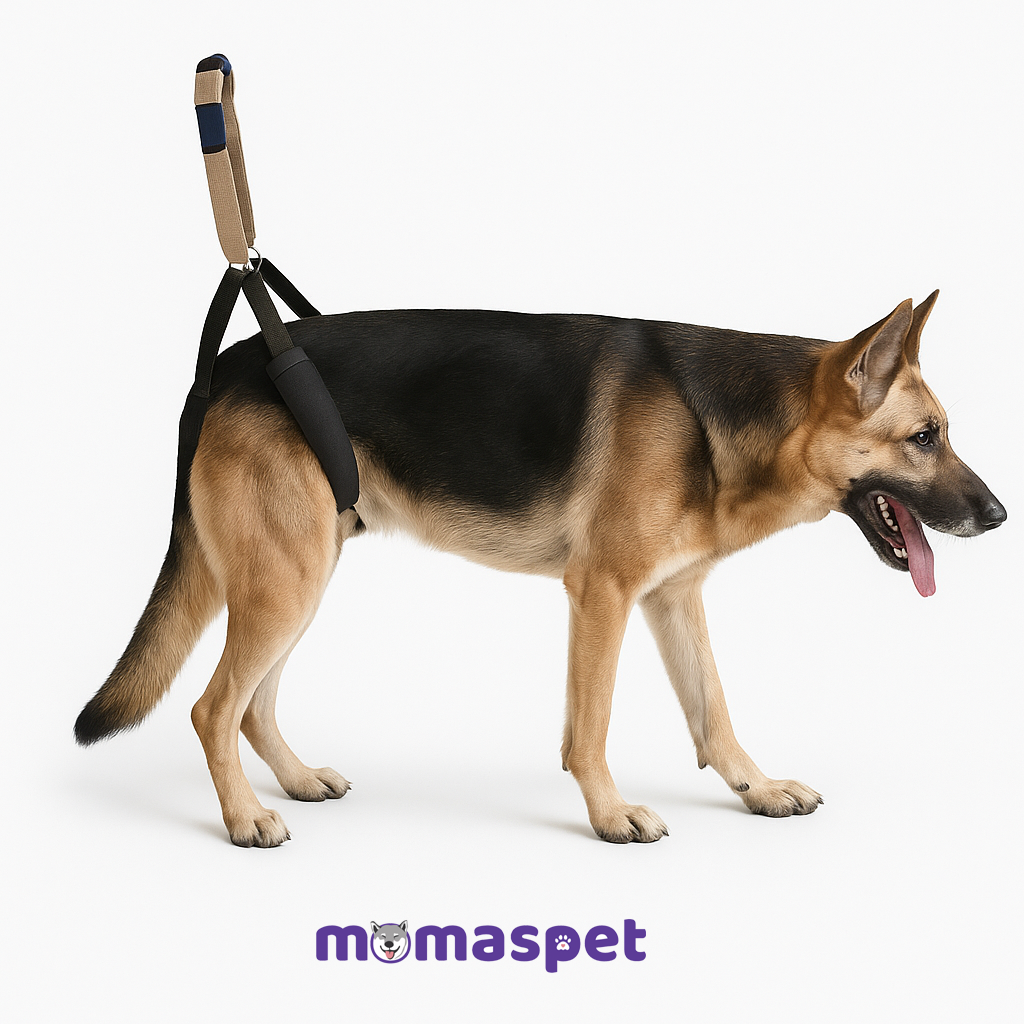
Reviews
There are no reviews yet.